When Holt asked Stacie and Taylor Forsberg to consider adopting an older child, they initially thought it would be too challenging. After a change of heart, they welcomed 6-year-old Jacob into their family. Today, when asked what age they would prefer if they were to adopt again, Stacie doesn’t hesitate. “Older,” she says. Here, Stacie tells her story of adopting Jacob, from Uganda, and Leah, from Ethiopia.
Some of the earliest memories I have are of wanting to help children. At the time, I don’t think I even knew the word “adoption.” What I did know was I wanted to be a mom to children who didn’t already have one.
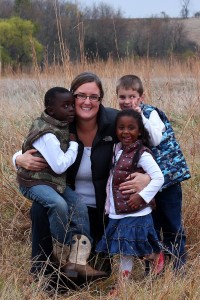
In 2002, I married my husband, Taylor, and within a year, I became pregnant with our first child, Ben*. We began trying for our second child shortly afterward, but after 2 ½ years of trying to conceive, we began fertility treatments. As we were leaving our first session, the nurse said to us, “Don’t worry, we will get you pregnant.” At that moment, we realized: it’s not a fertility clinic’s place to “get us pregnant.”
I had brought up the idea of adoption to Taylor before. After deciding against fertility treatment, we returned to the idea, long on hold. Our journey began in 2007. Shortly thereafter, I finally achieved my childhood dream. Through adoption, I became a mom to a child who needed one.
Our beautiful daughter came home to us from Ethiopia at age 19 months. The first 6 months home were really hard. But once we reached 6 months, things started getting easier, and we realized: we could do this again. After 9 months home with Leah*, we began our second adoption, this time with Holt. Thinking we wanted our daughter to have a sibling with the same heritage, we applied for Holt’s Ethiopia program. Holt then asked us to consider their Uganda program. The majority of the children, however, were of an age that we did not feel comfortable with – either older than our eldest or about the same age as our daughter. We decided to stay with the Ethiopia program.
Even though we decided not to go with the Uganda program, our hearts still went to those older children. They just seem to wait so much longer than the younger ones. Most families want babies. Older kids seem to have such a slim chance at a family. So, a few days later, I asked to see the files of Holt’s waiting children from Uganda. I wanted to see their faces. I wanted to know who to pray for. It makes everything so much more real when I see a face – not just a number or statistic or a file, but a face.
Both my children stood at my side as I opened file after file. Still, none of the children fit the age range with which we felt comfortable. They were either between our two children or older than our oldest.
But after opening seven children’s files, we opened Jacob’s*.
Ben – who looked at the previous seven without saying a word – instantly said, “Mom, we need to adopt him. He’d be perfect for our family.” He then promptly left my side to go play. I realized then that God had other plans for our family – a plan that didn’t include another journey to Ethiopia.
Jacob has always been able to tell us what he needs. That doesn’t mean it’s always been easy to meet his needs, but he’s at least been able to express them.
Taylor and I prayed a lot and discussed Jacob’s file at length. Jacob was only 9 months younger than our eldest. This gave us a lot to think upon – two boys only 9 months apart in age. We realized they could either be the best of friends or the worst of enemies. We thought about the time constraints we might face if they chose to be involved in different activities within the same season. We thought about the cost of sending them to college that close together. But in the end, we agreed: we wanted to adopt this boy with the amazingly sweet, mischievous smile.
First and foremost, we felt it was God’s will for our family to adopt Jacob. We also decided that Jacob needed a home more than we needed the “easy” way out. We realized that things may be harder for us for a while, but not near as hard as a lifetime spent in an orphanage would be for Jacob.
I can still hear the sweet voice on the other end of the phone telling us he was ours.
At the end of August 2010, we left our home to meet our son.
In the last year, I’ve been asked more times than I can count the difference between our two adoptions. “Which one was easier – at 19 months or 6 years of age?” I’m often asked. That’s not an easy question to answer. Both have been the hardest things I’ve done in my life, yet both have brought the most blessings as well.
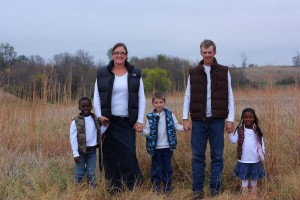
But in some ways, it is actually easier adopting an older child.
Because Jacob was 6 years old when we adopted him, we could talk and reason with him in a way we couldn’t with our 19-month-old. Although Leah knew that everything in her life was different, we couldn’t help her through that. We were not able to reason with her. In Uganda, the orphanage staff was able to prepare Jacob for the change about to happen in his life. They walked him through the idea of adoption while still in familiar surroundings. He knew we were coming, and why, and when we met him, we were able to talk to him. When we shared photos, he understood what we were showing him.
Jacob has always been able to tell us what he needs. That doesn’t mean it’s always been easy to meet his needs, but he’s at least been able to express them. Younger children can’t express themselves quite so easily, and we sometimes struggled to understand our daughter’s needs.
I don’t mean to paint a rosy picture. This last year has been hard, but it’s been beautiful to watch Jacob start to come out of his hard shell – and become a child in the truest sense of the word.
Jacob had a need to control every aspect of everything around him, including our family life. Jacob has a huge fear that something bad is going to happen to me when he’s not by my side, which can be a bit suffocating. He needs to know every person we talked to on the phone. He needs to know exactly what the next day will be like. He doesn’t handle changes well, whether in our usual schedule at home or in the seating arrangement in his classroom at school. To Jacob, change means something bad can – and will – happen to him. Jacob’s way of dealing with stress is very worrisome. But all of this pales in comparison to what we see slowly emerging within him.
We see a little boy learning to be a child and to lose the fear that developed over four years in orphanage care.
The first five years of a child’s life, the parents lay the foundation. Before we said “yes” to adopting an older child, we were told we needed to understand this concept well. We missed out on building that foundation. Someone else helped build his foundation, but it has lots of cracks in it. It’s not built on solid ground. It’s shifty. Our job is to help him repair that foundation the best we can. We can help repair the big cracks that we see, but what worries us the most are the hairline cracks that are not visible to the naked eye. The little things that we don’t understand about all he’s endured up until now. The things that maybe he doesn’t even know, but that cause him to act and react to stimuli in certain ways. We feel these are the hardest things with an older child adoption. But these are also what make it the most rewarding – to see your child grow and make sturdier his foundation in life.
I’m often asked, “If you did it again, which age would you choose?” To this, I can honestly answer, “Older.” Jacob so longed for a family, and when we first brought him home, he would repeatedly ask, “Why didn’t you come sooner?”
Our heart truly goes out to older children that wait for families, and wonder – like Jacob – why it’s taking so long.
Stacie Forsberg | Adoptive Parent
*names changed
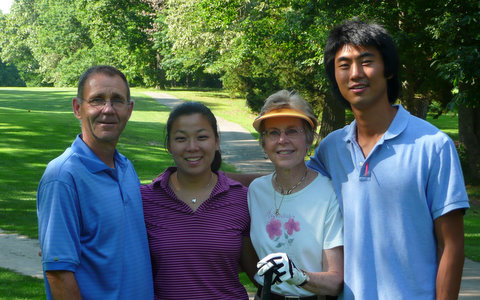
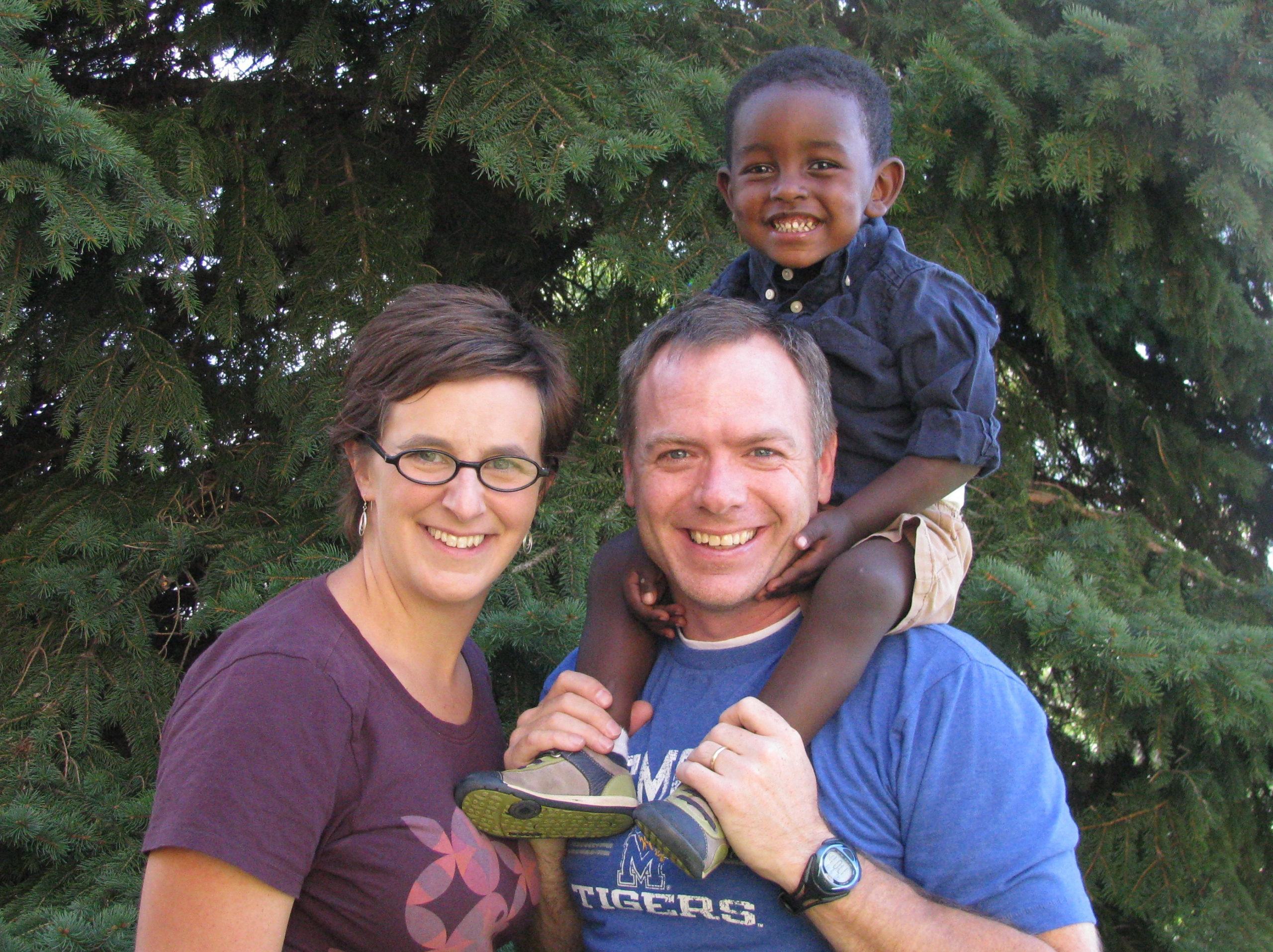
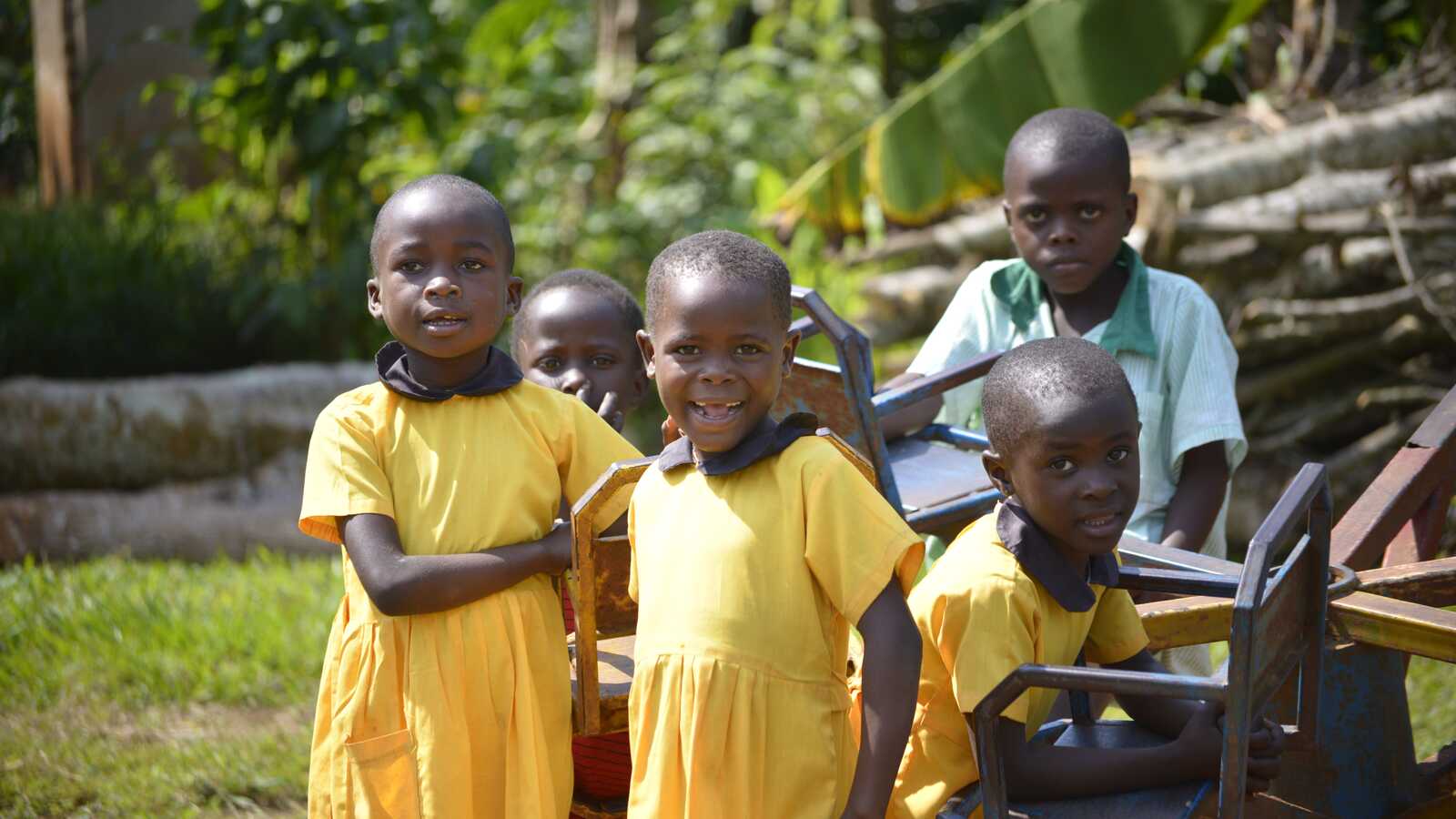
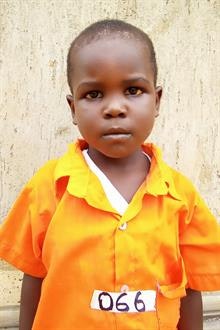
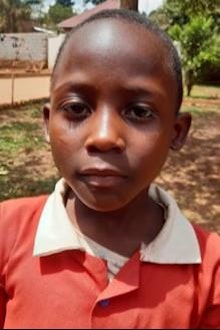
Our family has been a part of this journey and it is beautiful, not perfect but just so beautiful. We are so lucky!
God Bless you Taylor family for one adopting “Jacob” and 2 for telling your story so others will see that this is reachable and life changing. What a heart felt story one I will not forget reading ever.